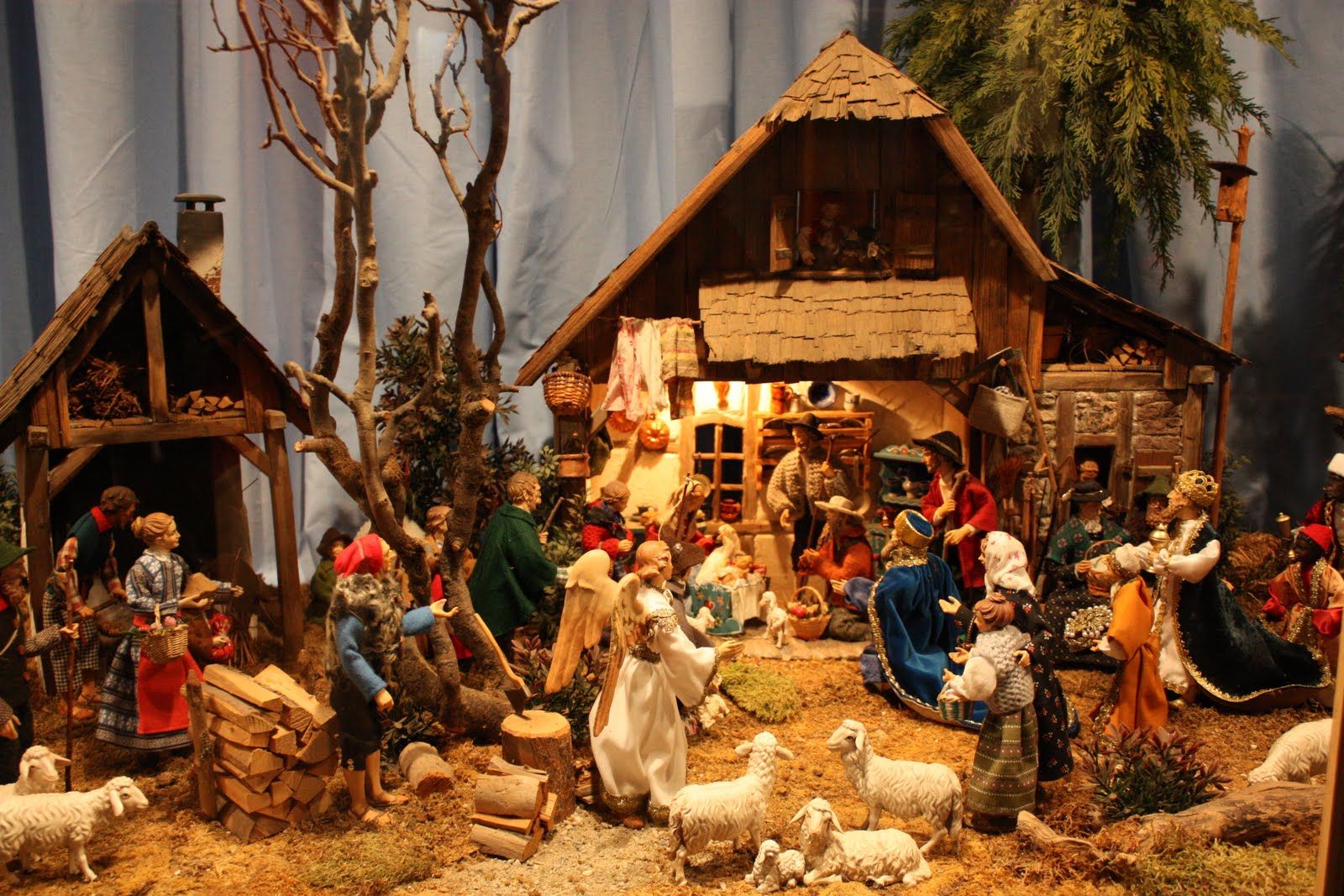Every December, France becomes a haven for lovers of certain religious traditions and craftsmanship as nativity
scenes, or crèches, take center stage in homes, churches, and public spaces. These miniature reenactments of the
birth of Christ are not merely religious displays but also vibrant expressions of local culture, history, and
artistry. Rooted deeply in the country’s heritage, the creation and display of crèches have become an art form
celebrated across regions, particularly in Provence, where the figurines, or santons, hold special significance.
 Image courtesy of Wikimedia Commons
Image courtesy of Wikimedia Commons
The Origins of the Crèche in France
The tradition of nativity scenes traces its origins to 13th-century Italy, with St. Francis of Assisi credited
for popularizing the first live nativity display. In France, the crèche gained prominence in the 17th century,
particularly under the influence of Jesuit missionaries and baroque religious art. However, it was during the
French Revolution, when public religious practices were suppressed, that the crèche shifted from churches to
private homes. Families began crafting their own nativity scenes as a way to preserve their faith and
traditions.
The Santons of Provence
Provence is synonymous with santons (“little saints”), the hand-painted clay figurines that populate the
region’s nativity scenes. The art of santon making began in the late 18th century, pioneered by artisans who
sought to expand the traditional nativity scene beyond its biblical figures. Today, a Provençal crèche typically
features not only Mary, Joseph, and the baby Jesus but also a host of local characters—shepherds, bakers,
fishermen, and even a ravi, a joyous figure with arms raised in exultation.
Crafting santons is a meticulous process. Artisans first sculpt the figures in clay, create plaster
molds, and then hand-paint the dried figures, adding intricate details that bring them to life. These figurines
often reflect the customs, attire, and daily lives of the Provençal people, making each crèche a miniature
tableau of regional culture.
Cultural Significance
Beyond their artistic appeal, crèches embody a sense of community and shared heritage. In many French
towns, nativity scenes are a focal point of public celebrations, often accompanied by traditional songs,
markets, and processions. The annual Foire aux Santons (Santon Fair) in Marseille is a much-anticipated event
where visitors can admire and purchase figurines crafted by local artisans.
The crèche is also a reminder of simpler times, evoking themes of humility, family, and gratitude. For
many, the act of setting up a nativity scene is a cherished ritual that connects generations, with children
learning the stories and traditions from their elders.
Modern Interpretations
While traditional crèches remain popular, contemporary interpretations are emerging, blending modern art with
age-old techniques. Some artisans experiment with abstract designs, innovative materials, or even multicultural
themes, reflecting the diversity of modern France. These avant-garde crèches are displayed in galleries and
exhibitions, expanding the reach of this cherished tradition.
A Lasting Legacy
The art of the crèche is more than a holiday custom; it is a testament to France’s enduring love for
craftsmanship and storytelling. Whether you admire the rustic charm of a Provençal crèche or marvel at a
contemporary reinterpretation, these nativity scenes invite us to pause and reflect on the beauty of shared
traditions during the holiday season.
So, this December, as the streets of French towns light up with festive cheer, take a moment to explore the
intricate artistry of the crèche. It’s a journey into the heart of France’s cultural and spiritual heritage,
where every figurine tells a story, and every display celebrates the magic of the season.